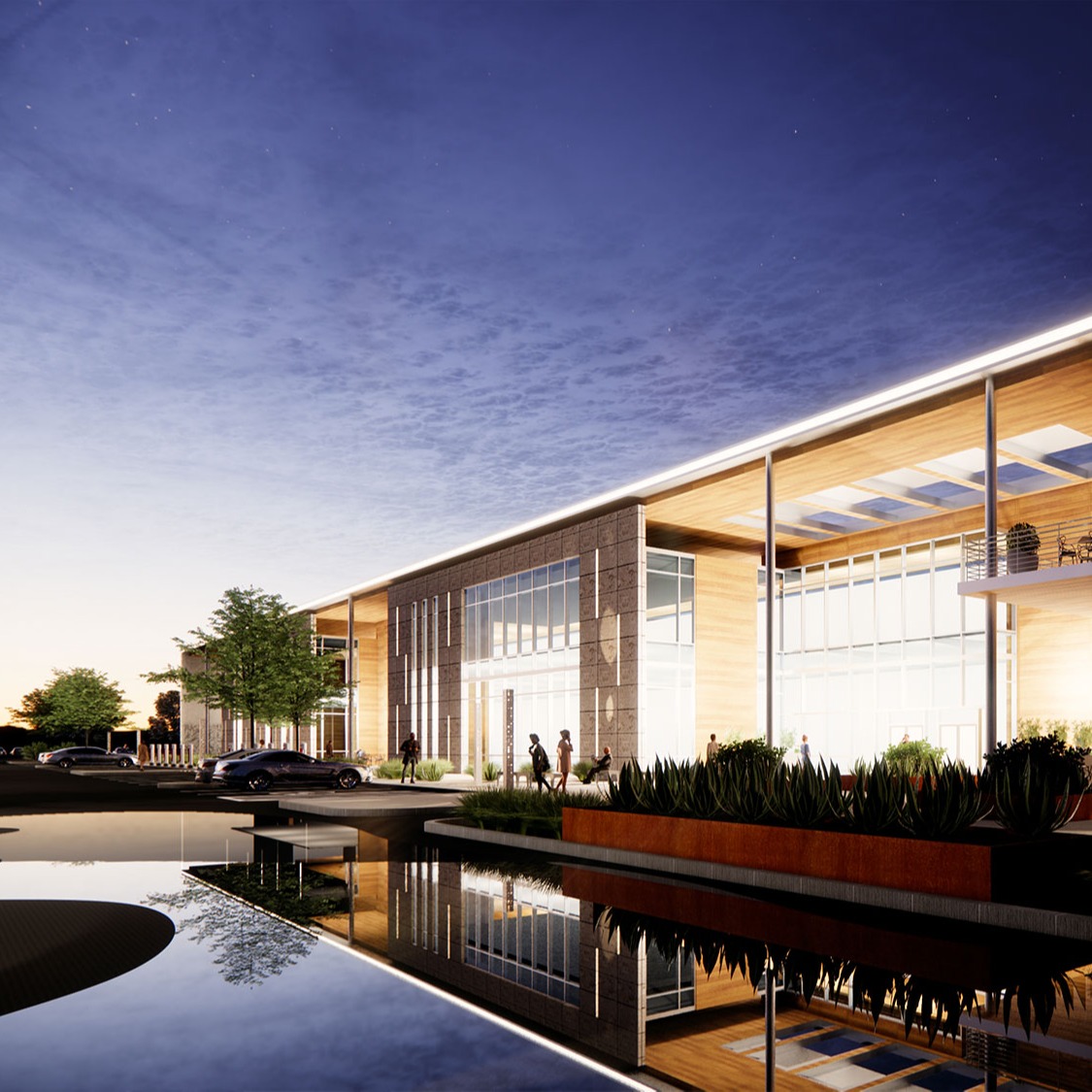
Sustainable Commercial Buildings: Key Trends and Technologies
The commercial real estate sector is undergoing a significant transformation towards sustainability, driven by consumer demand, regulatory pressures, and the need for long-term cost savings. This blog explores the key trends and technologies shaping the future of sustainable commercial buildings.
Energy Efficiency and Decarbonization
Reducing energy consumption and carbon emissions is paramount in sustainable commercial buildings. Key strategies include:
• Energy-Efficient HVAC Systems: Upgraded HVAC systems that consume less energy while providing superior climate control.
• Improved Insulation and Building Envelopes: Enhancing insulation and building envelopes to reduce the need for heating and cooling.
• Smart Building Management Systems (BMS): Utilizing real-time monitoring and adjustments to optimize energy use.
• All-Electric Buildings Powered by Renewable Energy: Transitioning to all-electric buildings that utilize renewable energy sources such as solar and wind power.
These measures support ambitious decarbonization goals set by cities and corporations, aiming for net-zero carbon emissions through the adoption of renewable energy technologies.
Smart Building Technologies
The integration of intelligent solutions enhances the sustainability of commercial buildings:
• IoT Sensors and Data Analytics: These tools provide real-time monitoring and optimization of building systems, ensuring efficient energy use.
• AI-Powered Building Management Systems: AI technology enables predictive maintenance and energy optimization.
• Smart Pumps and Equipment: Equipment that operates only as needed helps to minimize energy waste.
Renewable Energy Integration
Sustainable buildings are increasingly incorporating on-site renewable energy generation:
• Solar Panels and Wind Turbines: Integral components of building design that provide clean energy.
• Advanced Energy Storage Systems: Systems that store excess energy generated by renewable sources to maximize renewable energy use.
Water Conservation
Effective water management is a crucial aspect of sustainable building practices:
• Water-Efficient Fixtures and Systems: Implementing these reduces water usage without compromising functionality.
• Rainwater Harvesting and Greywater Recycling Systems: Systems that collect and reuse water, reducing the demand on municipal water supplies.
Sustainable Materials and Construction Practices
The construction industry is shifting towards environmentally friendly materials and methods:
• Recycled and Low-Impact Building Materials: Using these materials reduces the environmental footprint of new buildings.
• Reducing Construction Waste: Improved recycling practices and waste reduction measures are becoming standard.
• Retrofitting Existing Buildings: Instead of constructing new buildings, retrofitting existing structures can significantly reduce environmental impact.
Green Certifications and Standards
Pursuing recognized sustainability certifications is becoming increasingly important:
• LEED, BREEAM, and NABERS: These rating systems provide a framework for assessing and certifying the sustainability of buildings.
• New Standards: For example, the NABERS Renewable Energy Indicator in Australia helps buildings measure and improve their renewable energy use.
Economic Incentives and Regulations
Government policies and market forces are key drivers of sustainability:
• Building Performance Standards and Disclosure Mandates: These regulations ensure buildings meet certain sustainability criteria.
• Financial Incentives: Tax credits and grants for green construction practices encourage the adoption of sustainable technologies.
• Market Demand: Tenants are increasingly willing to pay premiums for sustainable spaces, driving demand for green buildings.
Resilience and Climate Risk Mitigation
With increasing climate-related risks, buildings are being designed and retrofitted for resilience:
• Extreme Weather Preparedness: Buildings are incorporating features to withstand extreme weather events.
• Long-Term Climate Risk Consideration: Building design and operation now take into account potential future climate risks.
Advancing Towards a Sustainable Future
The shift towards sustainable commercial buildings is redefining industry standards for energy efficiency, water conservation, and material use. The integration of smart technologies and renewable energy sources is playing a crucial role in reducing carbon footprints and operational costs. These sustainable practices, driven by regulatory requirements and market demand, are not only environmentally beneficial but also economically advantageous, paving the way for resilient and efficient commercial spaces.
